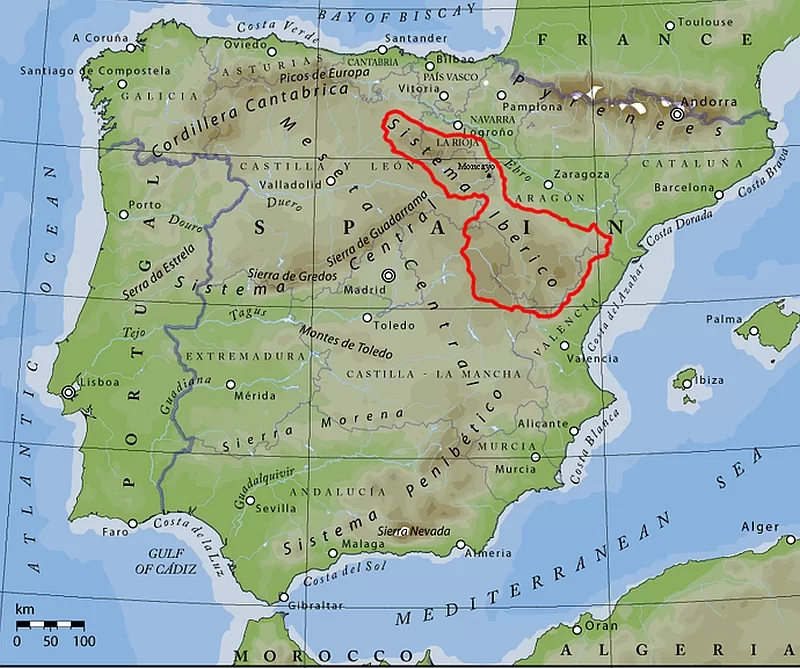Spain, a country renowned for its vibrant coastal regions and captivating cities that often overshadow a treasure nestled within its heartland. While the majority of tourists flock to the sun-kissed beaches and bustling metropolises, a vast and sparsely populated interior awaits exploration. So, lets take a journey through the Serranía Celtibérica!
A Journey Through the Serranía Celtibérica
One such region, a treasure waiting to be unearthed, is the “Serranía Celtibérica.” This expansive region encompasses the eastern limits of the Sistema Central (Central Mountain Range) and the entirety of the Sistema Ibérico (Iberian Mountains), covering much of the interior of north-eastern and eastern Spain.




